Vietnam is a sensorial place. The rich colors and scenery, delectable smells, and cacophony of motorbikes and lively chatter on the streets can be overwhelming to some. But to me, it feels like home. I am what they call Việt Kiều, or overseas Vietnamese, having been born and raised in America. My family were refugees from the war who arrived in America in 1975. We have since returned to Vietnam several times to visit relatives, and for me, each visit is an opportunity to dig deeper into my heritage and understand my parents more fully. This past February, I spent a glorious month in Vietnam for the first time in 12 years.


My father was raised in Saigon, the largest city in Vietnam, and when we visit, this is where our home base is. Many days are spent buying groceries at the open-air market, riding around town on a motorbike, singing karaoke in bars, and eating various seafood at the night market.
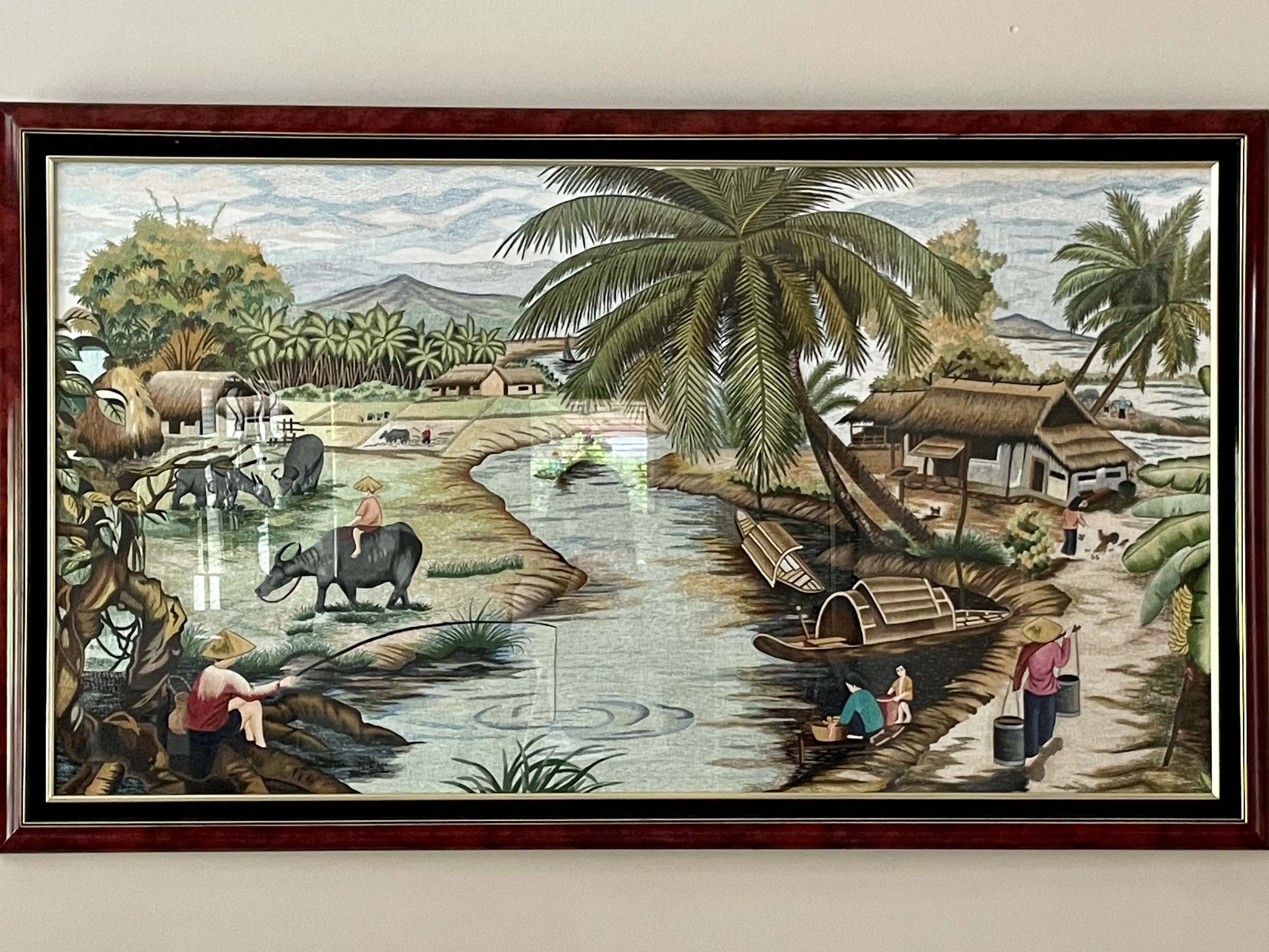
For this particular visit, I was determined to learn the delicate art of Vietnamese embroidery. When I was younger, my parents brought back large embroideries of Vietnamese scenes, which still hang in their living room today. My favorite one depicts a countryside scene with thatched houses, water buffalo, wandering chickens, and a slinky river running through it all – very similar to the rural rice paddy community my mother grew up on in the Mekong Delta. I am still mesmerized by the fine details like silver thread running through the river to simulate the shimmer of water.
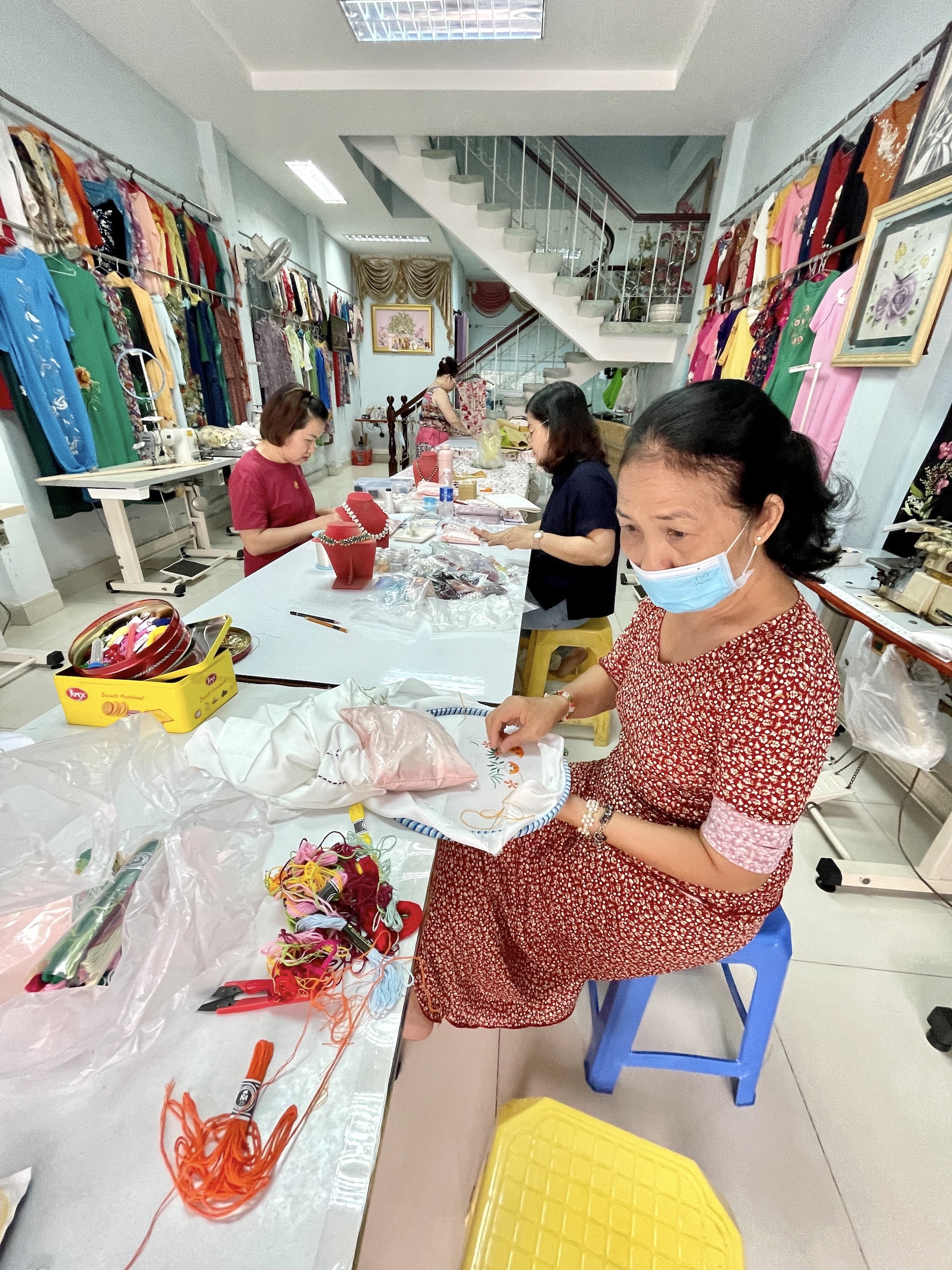
As a textile artist, I am no stranger to embroidery techniques and have even taught them in the past. But the high craftsmanship and detail of Vietnamese embroidery was another level for me. I found an excellent embroidery teacher in the neighborhood we were staying in Saigon: http://daymaytheuhongtham.com/. Cô Hồng Thắm has been embroidering with thread and beads since she was a little girl and runs her own embroidery studio, where she passes along this knowledge to others and also does custom work.
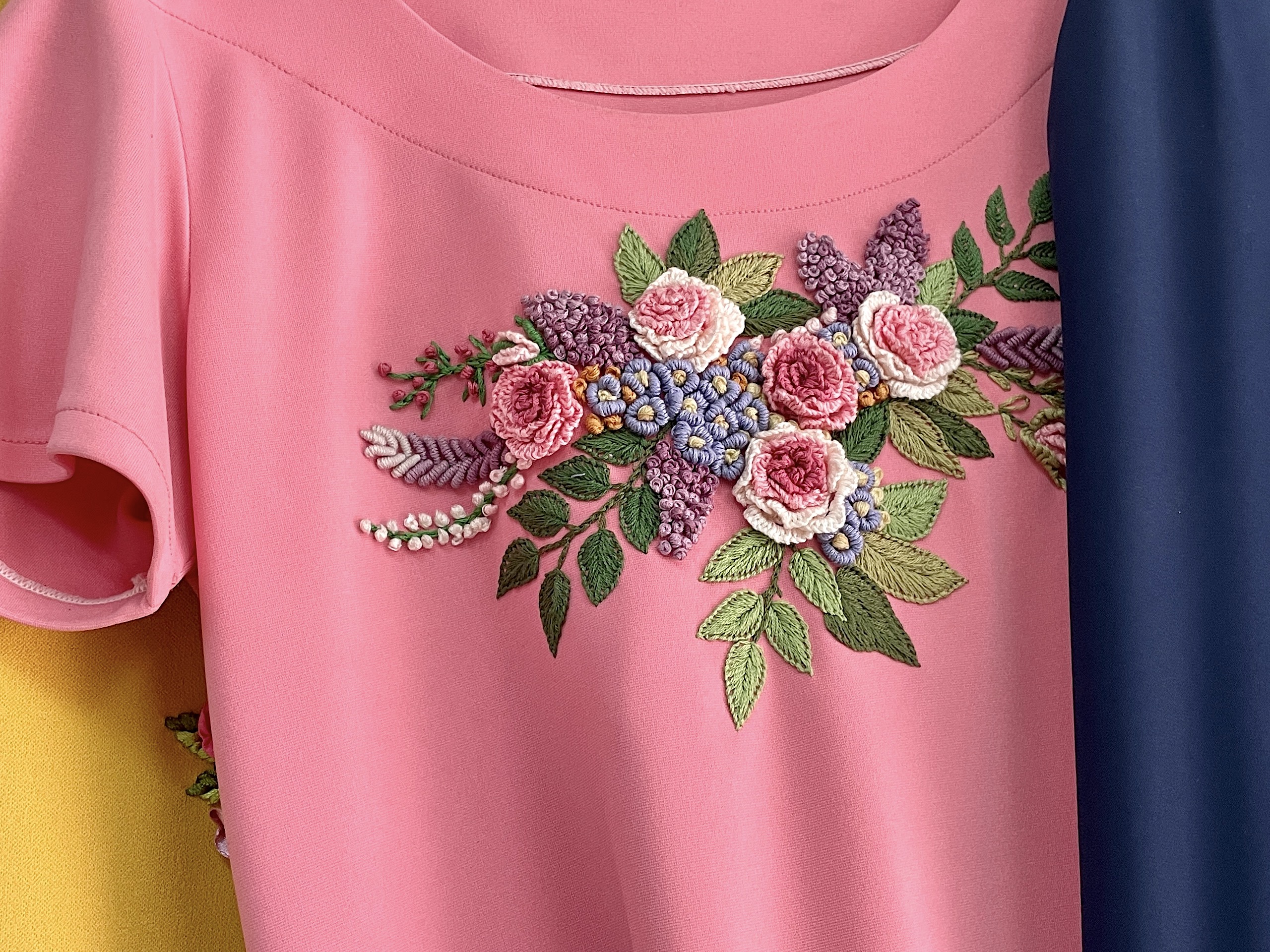
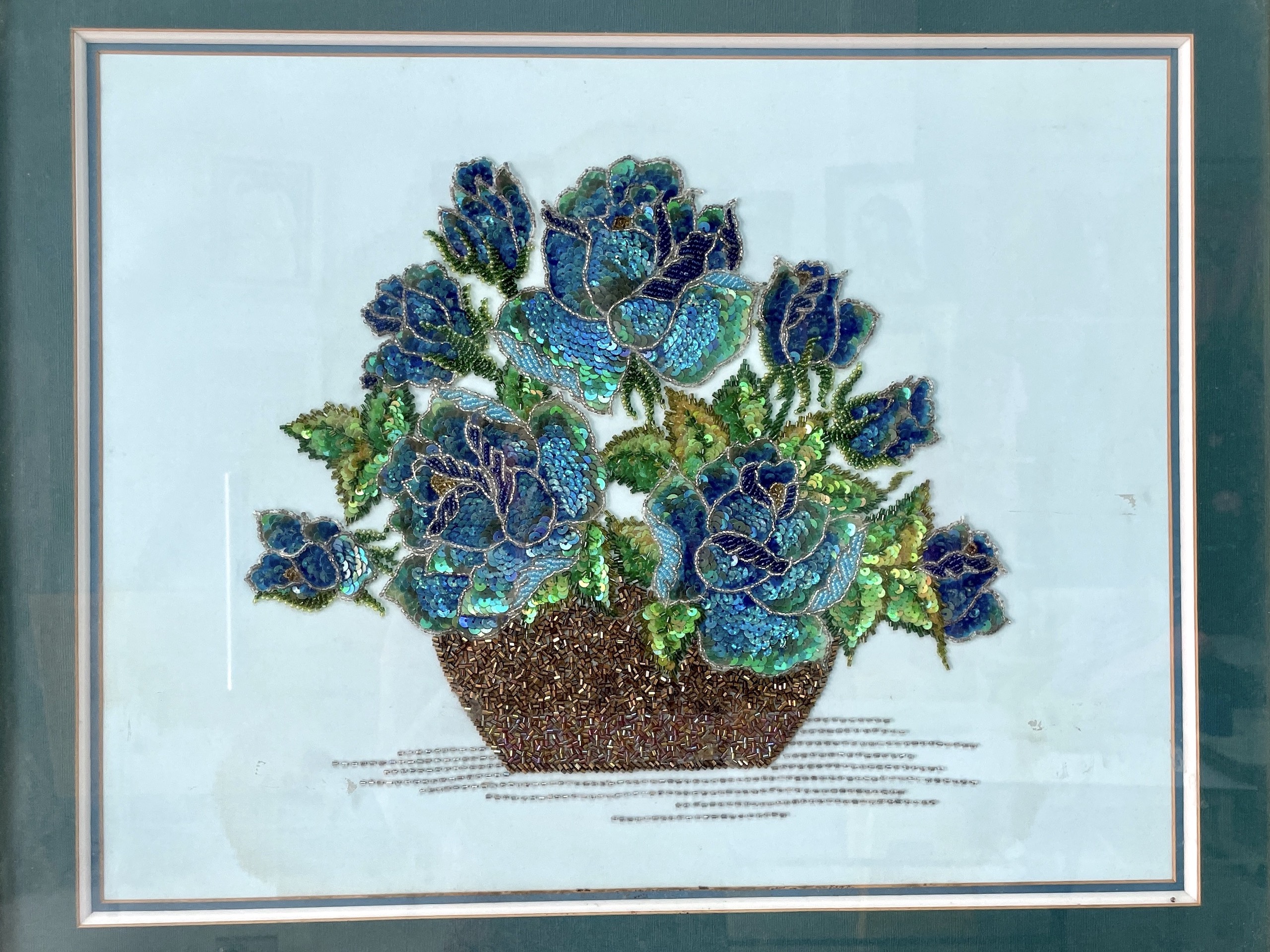
Vietnamese hand embroidery is a unique blend of Chinese embroidery and French embroidery techniques due to the years of colonization and occupation by both cultures. From Chinese silk embroidery, the Vietnamese embraced the satin stitch and seamless blending of colors as well as the common depiction of flora and fauna. From the French influence, European embroidery techniques such as the French knot and bullion knot became incorporated into the Vietnamese tradition. Fun fact: the history of knotted embroidery actually dates back to ancient China, where it was used strictly for the royal class in the Forbidden City, home of the Emperor. As a result, this exclusive knot, a precursor to the French knot, became known as the “forbidden knot”, or now more commonly known as the Peking knot.
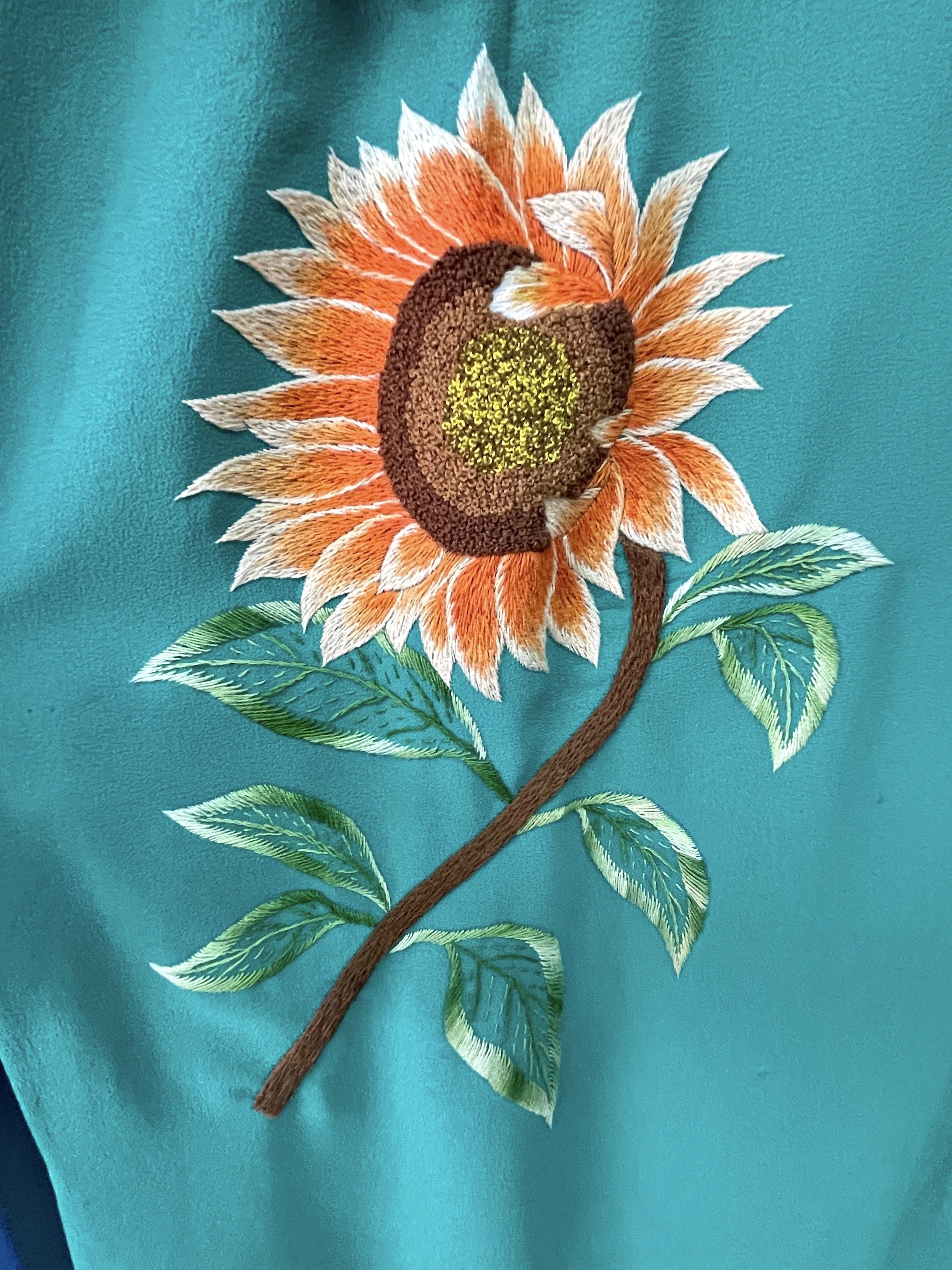

For about three weeks, I spent every day embroidering for 6-8 hours, mostly flower and plant motifs. It was fun to learn the Vietnamese words for embroidery stitches I already knew and new terminology for ones I didn’t. One technique I learned is to use a large hoop and weight on the hoop at the edge of a table. Most embroiderers I know in the West hold the embroidery hoop with one hand and use the needle with the other. By placing the hoop at the edge of a table with a weight on it, you can use both hands, which allows you to pass the needle through the fabric from one hand to the other and speed up the embroidery process significantly. This small change was a revelation to me and made the endless satin stitches much easier.
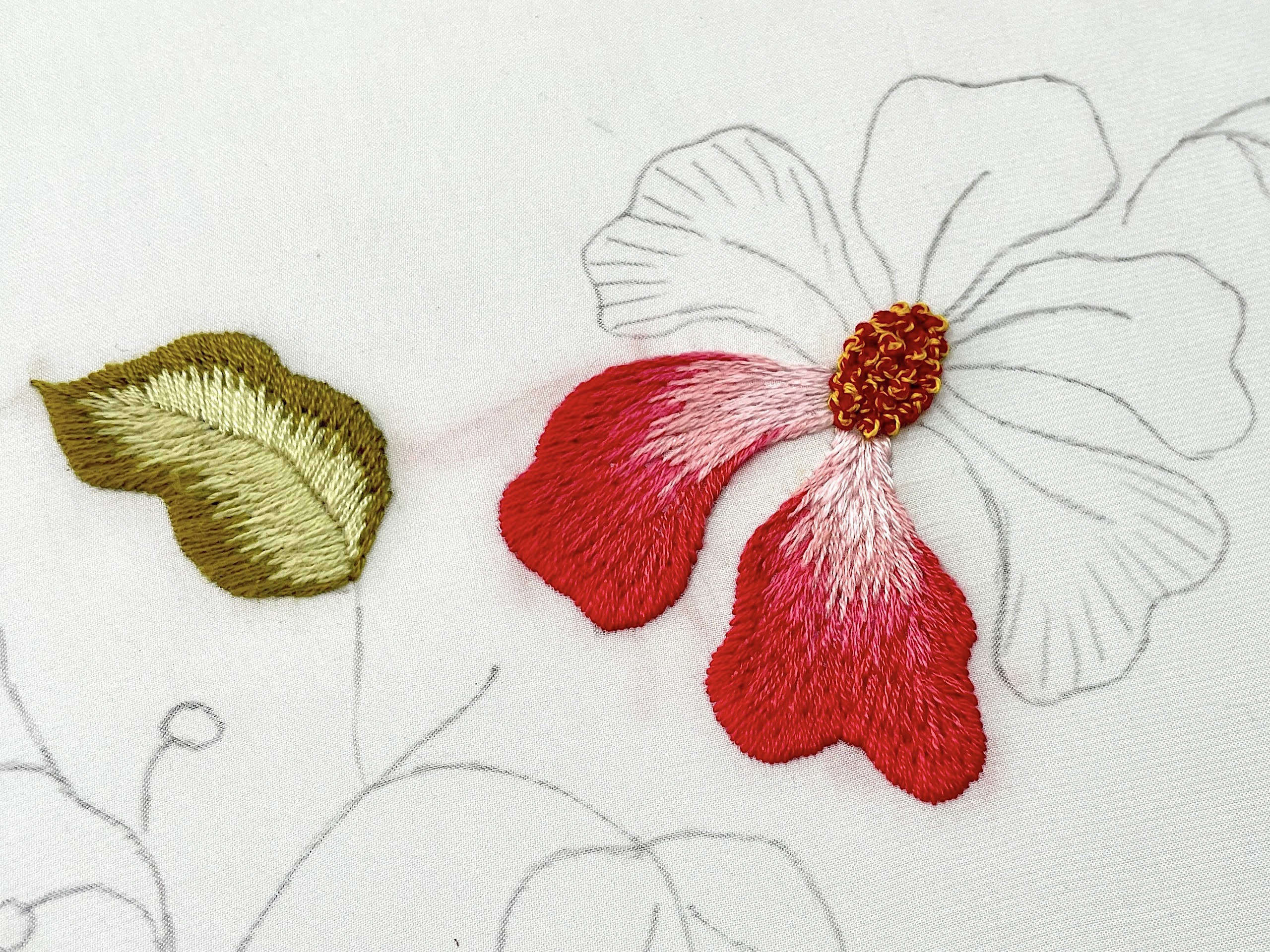
This is a close-up of one of the many flowers I embroidered. Throughout my practice, I slowly built up the number of colors I blended together. Each flower petal has five different colors blended together with one strand of thread at a time. All in all, the study was painstaking but beautiful work. I have been working on an art installation regarding my family’s migration to America, and I plan to incorporate these new skills into the installation. If you’re interested in learning more about Vietnamese embroidery, there is a gallery called XQ Embroidery that represents many artisans: http://xqvietnam.com/.



Leave A Comment